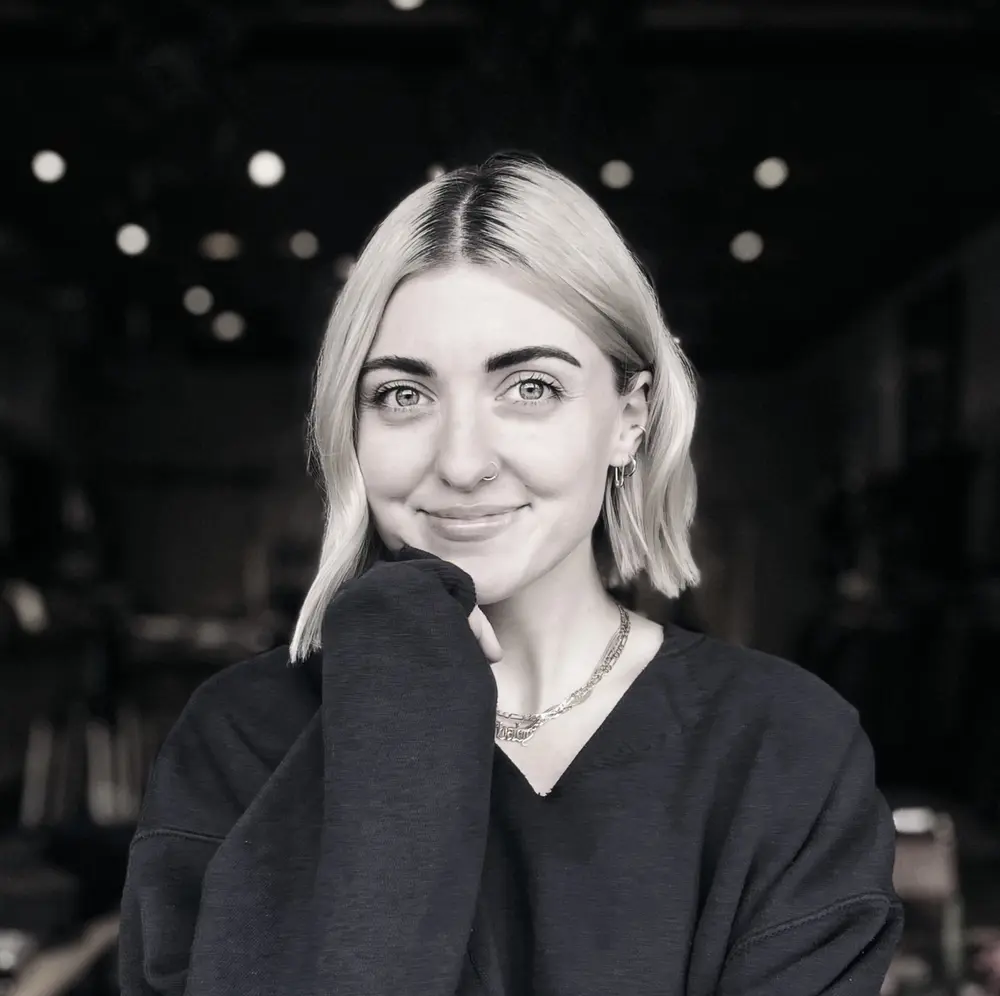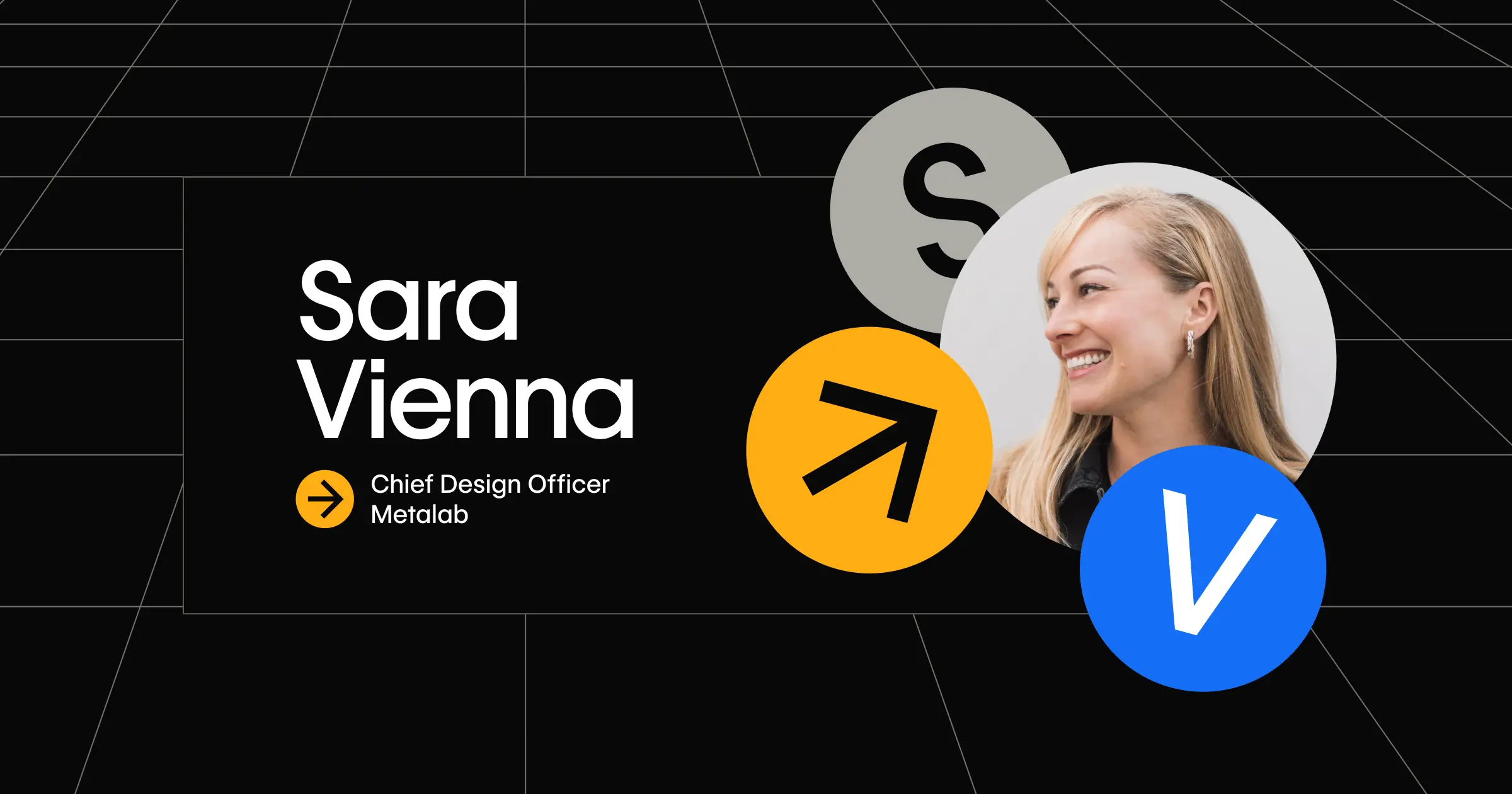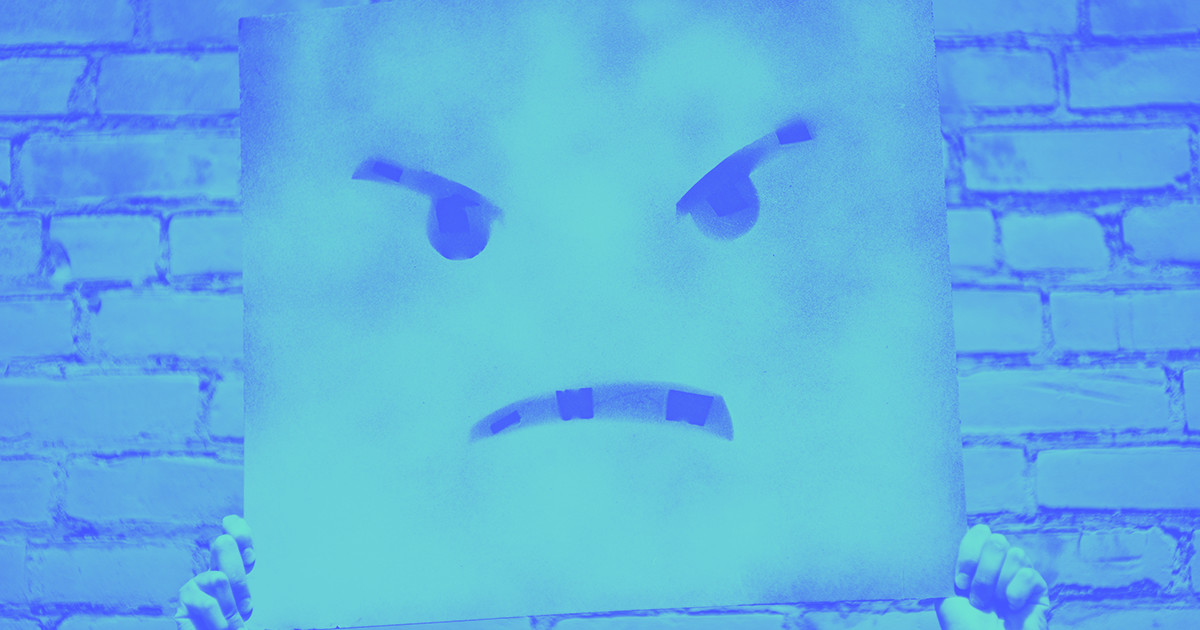If there’s anything we’ve learned from iconic pairs such as PB&J, milk and cookies, and Twitter and trolls — it’s that copy and design need each other.
If you're a designer, you know how important it is to have a great copywriter on your team. And if you’re a writer, you know that good design can help make your words truly sing.
The right words can make or break your design, and vice versa. But too often, these two roles are siloed — the designer works on their designs in a vacuum, and the copywriter gets attached to their darlings without any influence from the look or layout of the page. This can lead to problems down the road.
By collaborating early and often, you can avoid these problems and create a website that is both visually stunning *and* easy to understand — on-brand in the best of ways.
Let’s take a closer look at how you can get started.
Recognize that great websites prioritize storytelling
Content — meaning copy and design — are tools for connection.
Your site is a narrative. It’s a living, breathing thing that evolves over time, communicates different things at different points in the visitor journey, and ultimately exists to connect your business to potential customers. And how do you connect to human people? By allowing them to picture themselves in your story.
“Imagine trying to make a movie without a script,” Kendra Rainey, Strategy and Content Lead at Edgar Allan, explained during her session at No-Code Conf 2021. And she’s right — without enough space, budget, and time for content development to be done collaboratively, web design projects can become bottlenecked or fail to reach their full potential.
At Webflow, our content-first mindset places storytelling at the top of our priority list. “To create authentic connections with your audience, the threads of your story need to be in sync and work well together,” says Jenna Simmons, Sr. Brand Designer, Web at Webflow. “If the tone of the copy doesn't match up with the visual elements of your story, it can result in a disjointed narrative, and that dissonance makes it harder for users to connect with the story. This is why the collaboration of copywriters and designers is so crucial.”
Focus on what writers & designers have in common
The copywriter+designer relationship, to me, is simpatico — which Google defines as “having or characterized by shared attributes or interests.”
Writers and designers have more in common than not, but work (and overwork) has too often forced us into separate roles with separate work and separate processes. I’ve rarely heard of writers and designers who work together from kickoff to post-publish — although they’re both doing work that, when shared, can take the other’s work to another level.
Accept the support
Writers don’t want people all up in their messy drafts, and designers don’t want people in their early-stage Figma files. But if you establish communication early, having eyes in your doc or file will feel more like collaboration instead of judgment.
As a copywriter, I do some of my best work when I'm able to let someone else’s creations fuel my own creativity — and for a designer, it's often a similar story.
Say I just wrote the best headline of my life. That could certainly help shape what’s above-the-fold in the design, and the designer would want to know that sooner rather than later. For example, the headline on our careers page is a statement — it’s meant to draw the visitor into the story of what it’s like to work at Webflow. For our designers, putting photos of our team around that copy just felt right. Collaboration at its finest for the greater good.

Early collaboration is also preventative as it mitigates surprises close to launch. “Being open to changes early on is beneficial for both copywriters and designers,” Jenna says, “as long as the reasoning behind the feedback is rooted in improving the overall narrative and experience rather than arbitrary personal preferences and opinions.”
Basically: Don’t give feedback just for the sake of feedback, but don’t wait until near-launch to give critical input either.



















Why your design team should use Webflow
Discover how design teams are streamlining their workflows — and building better experiences — with Webflow.
Build a closer relationship between copy & design
Copywriters and designers are natural collaborators. Both share a common mindset: to create beautiful, effective things that engage people and achieve results. In other words, to build stuff you believe in.
Unfortunately, in many organizations, copy and design are often siloed with little interaction until the eleventh hour. This can lead to tension and frustration, and even worse — lack of trust between these crucial creative minds.
Here are a few ways you can prevent that from happening.
Determine if projects are content or design-driven
It's impossible to have one single process for every project. But the projects I typically work closest with design on fall under two process umbrellas:
- Copy-driven: where the key messaging shapes the design, like a use case page,
- Design-driven: where design shapes the copy, like a beta site.
I’ll explain a bit about those processes below, but one thing to keep in mind is that a kickoff meeting between the project owner/driver, the copywriter, and the designer is crucial for setting expectations upfront. If nothing else, do that!
A copy-driven process starts with the copy, or the key messaging.
I’m rarely responsible for that copy at the start. Whoever owns that project — like a product marketer who’s organizing the launch — knows more about what information needs to be on the page than I do. So, I make a copy of my landing page template and have them do a brain dump in the doc first. This may seem like an extra step, but trust me — this saves everyone’s time and energy in the long run.
I come in once the key messaging is in that doc. From there, I craft the brain dump into a usable copy doc, polishing the voice and tone and structuring the information into a content outline that aligns with the design.
A design-driven process starts with the design.
As a writer, I take the designer’s lead on the content outline (or sections) of the page, using that as my influence for the creation of the copy. If there’s a headline with a subhead and a CTA button above-the-fold, I’d need to know that before I start writing.
My process often starts after wireframes are finished. That kickoff meeting is key to understanding the creative process — and when it’s appropriate to start working copy into it. Design-driven processes tend to be more collaborative than copy-driven ones, because a design from scratch can evolve and change all the way through, while a copy-driven page (like our /for pages, for instance) may just use a template. The designer and I are working closely all the way through to keep our efforts on the same wavelength.
Use each other’s tools
Getting familiar with the tools each other uses can save a lot of steps.
"Something as simple as walking through early drafts of copy placed into wireframes and collaborating together in Figma can really help both sides visualize how their story will be experienced,” says Jenna. “It's also useful to see how copy length can affect the overall density of a page — seeing it within a layout gives the copywriter a better idea of how dense or light the copy needs to be throughout the site. One section may call for more reading or more visual explanation, so exercises like this can help both sides determine the right balance."
You can also use tools to continuously set expectations for each other throughout your process. And by “expectations,” I mean boundaries. Not only do they benefit you as someone who can own their own process — but they also benefit all others involved in that process. What’s worse than a project with no clear path, no real deadline? Communicating where you’re at in your own process allows others to feel empowered in theirs — and can help keep timelines on track.
To help everyone understand where I’m at in my copy process, I put a status update at the top of each Google Doc that says, “work in progress,” “in review,” or “pens down.” Once it’s pens down, our designers know that the copy is good to go into the design and everyone else knows their window for reviews has passed.
With this system, I can prevent myself from getting unwanted feedback too late in the process — and it empowers me to laser focus on my collaboration with design as we get closer to launch, making any necessary on-site edits autonomously without input from every angle. It’s, as they say, a win-win for both parties.
PS: My landing page copy template is my trusted companion for any project. Feel free to use it!
Have project-related discussions in public channels
When you avoid siloing yourself or your work — you’ll not only work better, but you'll avoid having to repeatedly clarify or explain things after the fact.
At Webflow, our team creates a fresh Slack channel for each project, and within it, sometimes even sub-channels (e.g. projectX-design) that keep communication a bit cleaner for our different functional needs. So many future blunders are avoided by starting a thread in the channel for any given project to discuss design or copy. Then, when other stakeholders need to give input or review that work, up-to-date information is available for everyone to see.
Make magic together
When we work together early and often, we can help ensure that the overall experience for each other and the end-user is top-notch — and that we're creating things we can both be proud of.
So designers, be the peanut butter to copywriters’ jelly. Copywriters, be the milk to designers’ cookies. Together, you can be the ultimate troll to Twi … nevermind.
Because when those iconic pairs come together, you can create truly amazing things.































